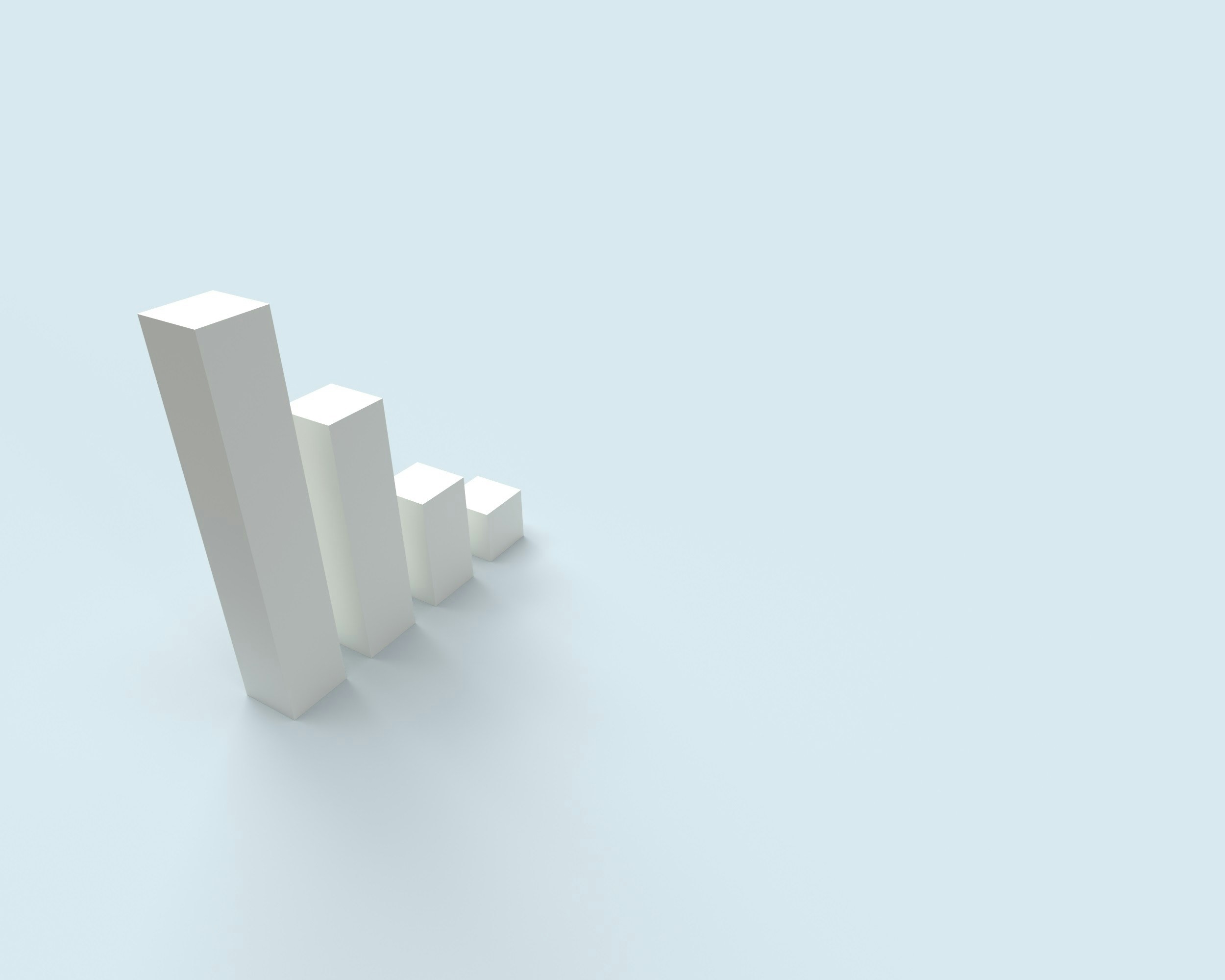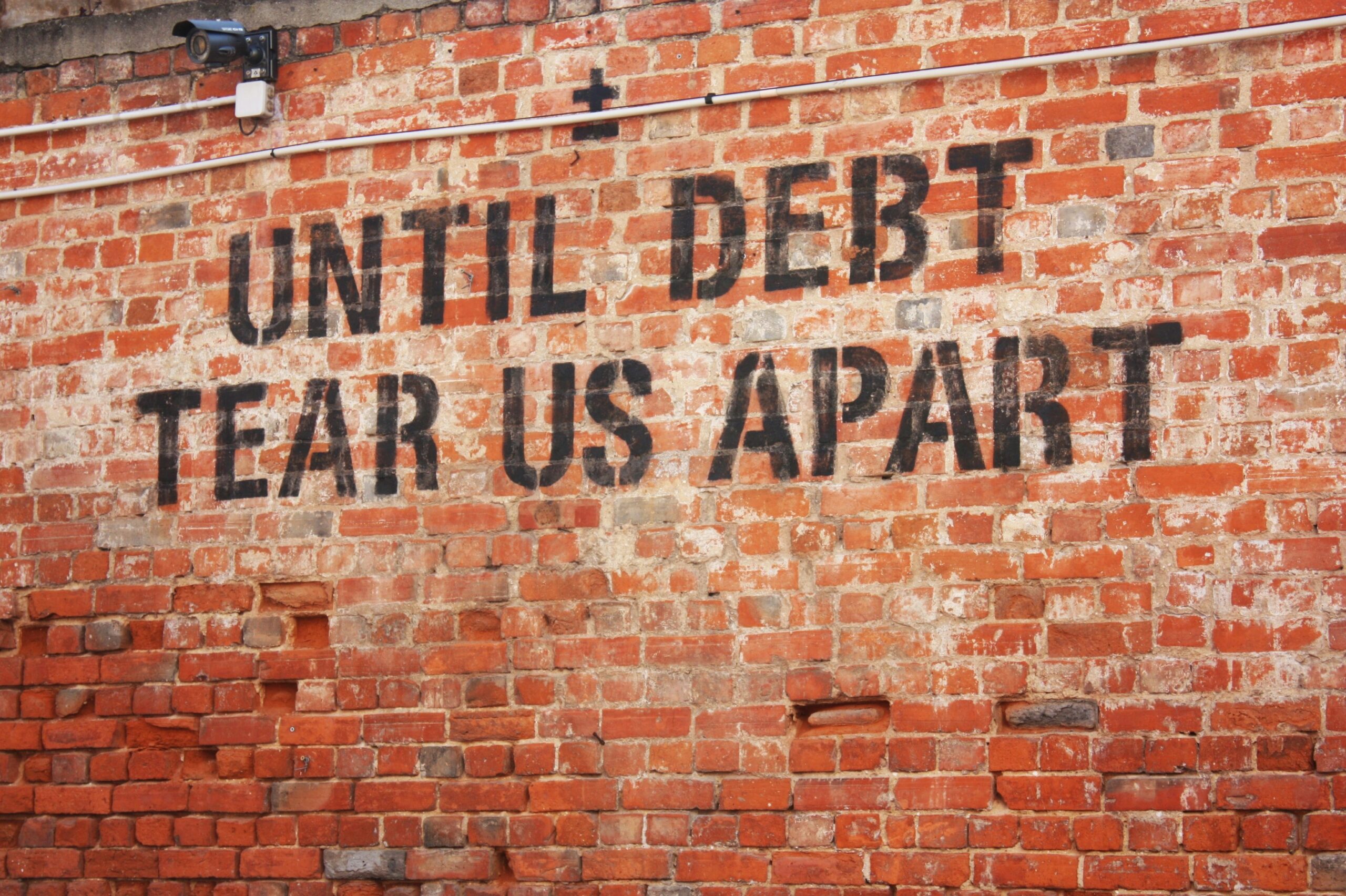“Ever stared at your monthly loan payment and wondered if there’s a way out? Loan forgiveness programs could be your golden ticket, but how do they REALLY work?”
Welcome to the ultimate guide on loan forgiveness programs—the game-changers in personal finance. Whether you’re drowning in student loans or dealing with deferred payments on other types of debt, this article will equip you with answers. By the end, you’ll know exactly how to qualify for these life-saving programs, the steps to apply, and what mistakes to avoid.
Table of Contents
- Why Loan Forgiveness Programs Matter
- How to Qualify for Loan Forgiveness
- Step-by-Step Guide to Applying
- Tips & Best Practices
- Real-Life Success Stories
- FAQs About Loan Forgiveness
Key Takeaways
- Loan forgiveness can eliminate part or all of your debt under specific circumstances.
- Qualifying requires meeting criteria like income limits, employment type, and repayment history.
- Common mistakes include missing deadlines and failing to document eligibility correctly.
- Success depends on picking the right program for your situation (e.g., Public Service Loan Forgiveness).
Why Loan Forgiveness Programs Matter (and Why You Should Care)

The math behind loans can feel soul-crushing. Did you know that over 45 million Americans collectively owe more than $1.7 trillion in student debt alone? That’s not just a number—it’s stress, missed vacations, delayed home purchases, and sleepless nights. Enter loan forgiveness programs: government-backed initiatives designed to help borrowers escape the debt trap.
Here’s why they matter:
- Cost Relief: Programs like Public Service Loan Forgiveness (PSLF) forgive remaining balances after qualifying payments.
- Economic Impact: Forgiving debt boosts consumer spending and helps stabilize local economies.
- Moral Obligation: Many argue forgiving education-related debt is fair compensation for contributing valuable services (teachers, nurses, etc.).
Pro Tip: Think of loan forgiveness as your financial reboot button—not magic, but definitely worth pursuing!
—
How to Qualify for Loan Forgiveness Programs
So, who gets a free pass here? Not everyone—but plenty of people do qualify, especially if their jobs benefit society. Here’s what you need to know:
Optimist You:
“You might qualify through PSLF, teacher loan forgiveness, or income-driven repayment plans!”
Grumpy You:
“Yeah, but first you’ve got to jump through hoops like documenting every payment and keeping meticulous records.”
To qualify, consider the following:
- Employment Requirements: Are you working full-time for a nonprofit, government agency, or public school? If so, programs like PSLF may apply.
- Repayment Plan Eligibility: Most programs require being enrolled in an Income-Driven Repayment (IDR) plan.
- Payment Count: For PSLF, you must make 120 qualifying payments (about 10 years’ worth).
—
Step-by-Step Guide to Applying for Loan Forgiveness

Ready to roll up your sleeves? Follow these actionable steps:
- Verify Your Loans: Ensure your loans are federally held; private loans generally don’t qualify.
- Check Employment Status: Use the PSLF Employment Certification Form annually to validate your position.
- Select the Right Repayment Plan: IDR plans cap monthly payments at a percentage of your discretionary income.
- Submit Documentation Early & Often: Keep copies of everything. The grumpy truth? Missing even one form can disqualify you.
- Apply for Forgiveness When Eligible: Complete the application process once you meet the requirement timeline.
Remember: Persistence pays off. Treat this like filing taxes—annoying, but necessary.
—
Best Practices for Maximizing Loan Forgiveness Benefits
Want to maximize your chances while dodging pitfalls? Check out these expert-approved tips:
Brutal Honesty Alert:
Terrible Tip: Don’t rely solely on automated systems to track your progress—they’re notoriously glitchy. Manual recordkeeping is your friend.
- Keep a digital folder for all certifications, forms, and correspondence related to your loans.
- Stay updated on policy changes; federal programs often evolve.
- Avoid switching repayment plans midstream unless absolutely necessary.
- Don’t ignore income updates! Report major changes promptly to adjust your payments.
Rant Time:
“Ugh, why does it take YEARS to get approved?! It’s infuriating!” True, loan forgiveness isn’t instant gratification—it’s more like watching grass grow. But stick with it, and the payoff is real.
—
Real-Life Success Stories: How Others Crushed Loan Forgiveness
Meet Sarah, a social worker from Ohio. She qualified for PSLF after eight years of consistent service. Her reward? A whopping $68,000 wiped clean. Talk about breathing room!
Another success story comes from John, a teacher who benefited from the Teacher Loan Forgiveness Program. After five years teaching low-income students, his final balance dropped by $17,500. He says, “It felt like winning the lottery without buying tickets.”

FAQs About Loan Forgiveness Programs
Q: Can I consolidate my loans and still qualify for forgiveness?
A: Yes—if done strategically. Just ensure consolidations align with your chosen program’s rules.
Q: What happens if I leave my qualifying job before completing payments?
A: Unfortunately, you’ll lose eligibility unless you return to eligible employment.
Q: Is forgiven debt taxable?
A: Sometimes, yes. However, recent legislation waived taxes on some forgiven amounts temporarily (always check with a tax pro).
—
Conclusion
Loan forgiveness programs aren’t perfect—they’re messy, tedious, and occasionally frustrating. But they WORK. Whether you’re battling crippling student loans or navigating deferment options, these programs offer lifelines worth exploring.
To recap:
- They exist to help relieve financial burdens tied to education and service-oriented careers.
- Finding the right fit means understanding requirements, staying organized, and advocating for yourself.
- Take action today—even small steps add up over time!
Like a Tamagotchi, your journey toward loan forgiveness needs daily care, patience, and attention to detail. Stick with it, and you’ll reap the rewards.


